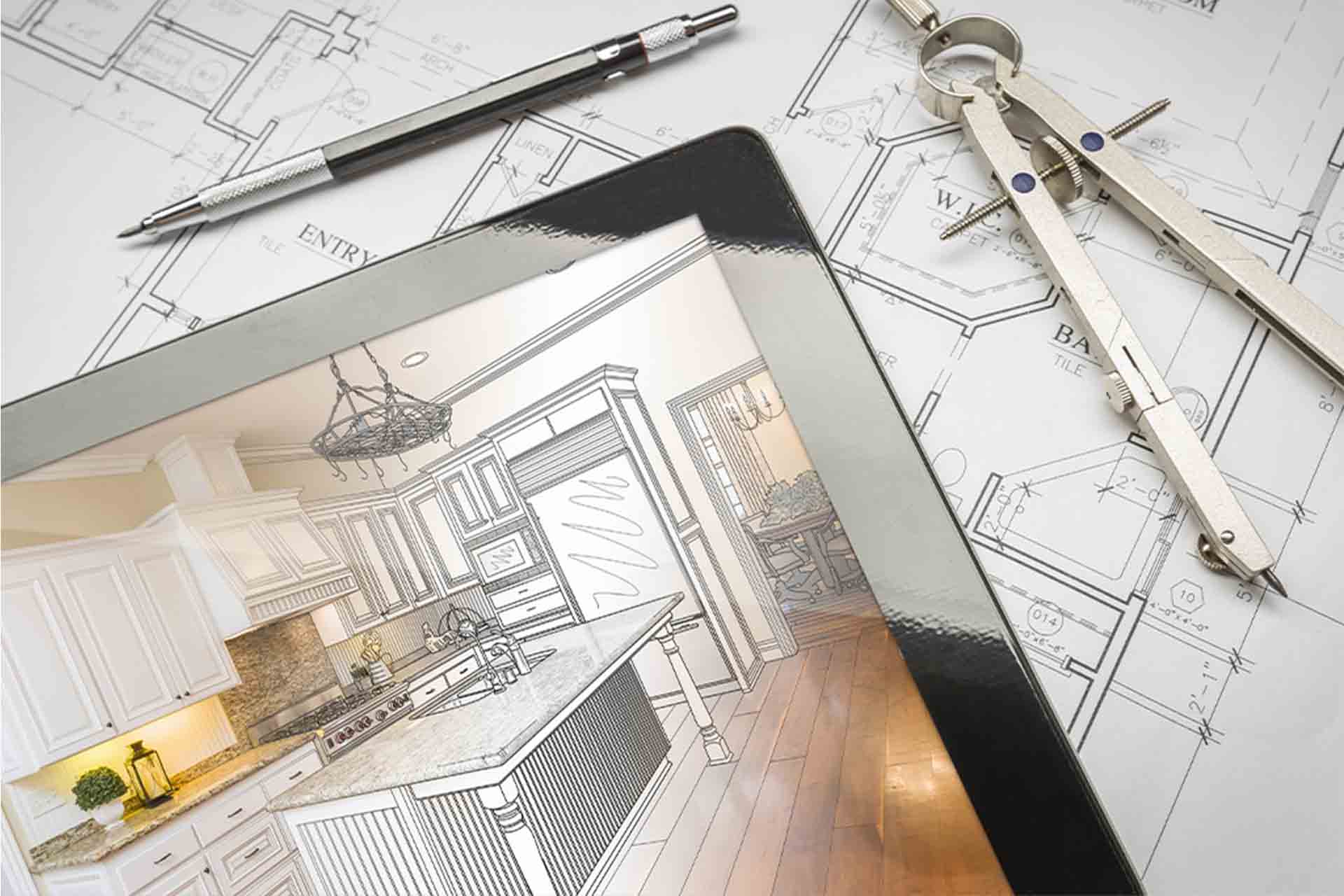
Budgeting for Log Cabin Maintenance Essential Costs Unveiled
Introduction:
Owning a log cabin is a dream come true for many, but it’s essential to understand the costs involved in maintaining such a property. From routine upkeep to unexpected repairs, budgeting for log cabin maintenance is crucial to ensure your investment remains in top condition for years to come. Let’s delve into the essential costs involved in maintaining a log cabin and how to effectively budget for them.
Routine Maintenance:
Regular maintenance is key to preserving the beauty and structural integrity of your log cabin. This includes tasks such as cleaning and staining the exterior, inspecting and repairing chinking and caulking, and checking for signs of insect infestation or rot. While these tasks may seem minor, neglecting them can lead to costly repairs down the line. Budgeting for routine maintenance ensures that your log cabin remains in optimal condition and retains its value over time.
Staining and Sealing:
One of the most critical aspects of log cabin maintenance is staining and sealing the exterior. This helps protect the wood from the elements, preventing moisture damage, rot, and insect infestation. Depending on the size of your cabin and the quality of the stain and sealant used, this can be a significant expense. Budgeting for regular staining and sealing ensures that your log cabin remains protected from the elements and maintains its natural beauty for years to come.
Roof Repairs:
The roof is another area of your log cabin that requires regular maintenance and occasional repairs. Over time, shingles may become damaged or worn, leading to leaks and water damage. Additionally, branches, debris, and heavy snowfall can put extra strain on the roof, requiring repairs or replacement. Budgeting for roof repairs ensures that you can address any issues promptly and prevent more extensive damage to your log cabin’s interior.
Pest Control:
Log cabins are susceptible to pests such as termites, carpenter ants, and wood-boring beetles, which can wreak havoc on the wood structure if left unchecked. Regular pest inspections and treatments are essential to prevent infestations and protect your investment. While pest control may seem like an added expense, it’s a crucial aspect of log cabin maintenance that can save you significant costs in the long run.
Foundation Inspection:
The foundation is the backbone of your log cabin, providing stability and support for the entire structure. Regular inspections are essential to detect any signs of settling, cracking, or water damage that could compromise the integrity of the foundation. Budgeting for foundation inspections ensures that any issues can be addressed promptly, preventing costly repairs or structural damage to your log cabin.
Utilities and Amenities:
In addition to structural maintenance, it’s essential to budget for utilities and amenities associated with your log cabin. This includes electricity, water, heating, and cooling systems, as well as amenities such as internet and cable services. Depending on the location of your log cabin and your usage habits, these costs can vary significantly. Budgeting for utilities and amenities ensures that you can enjoy all the comforts of home







